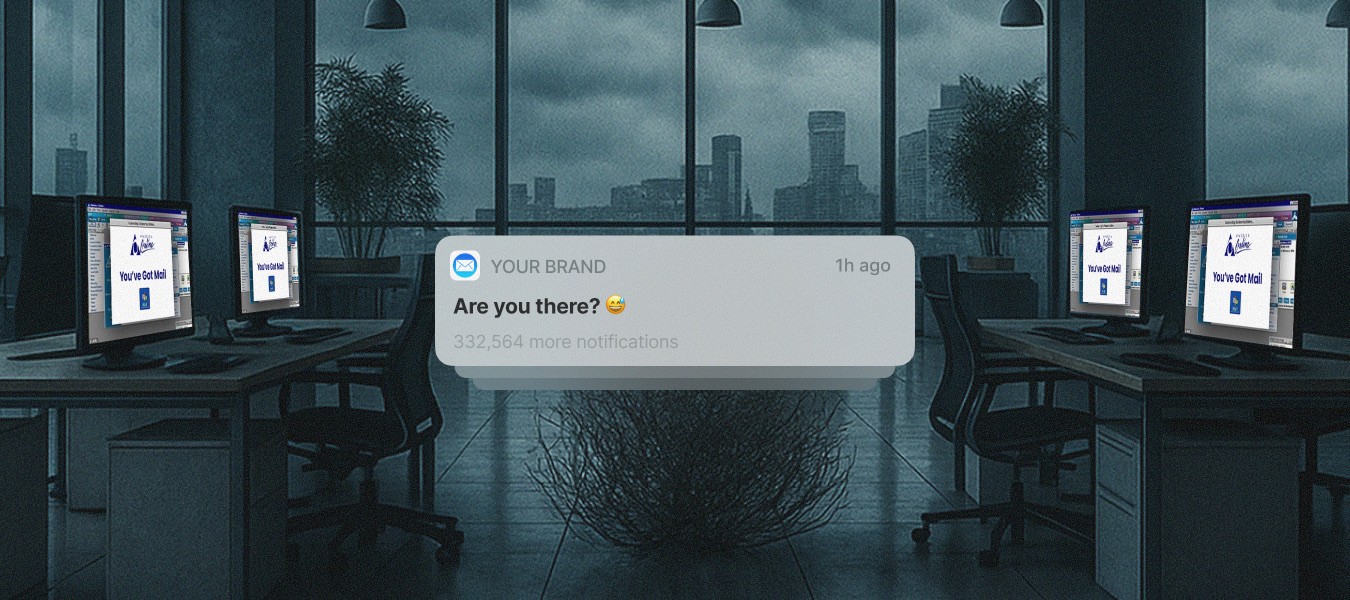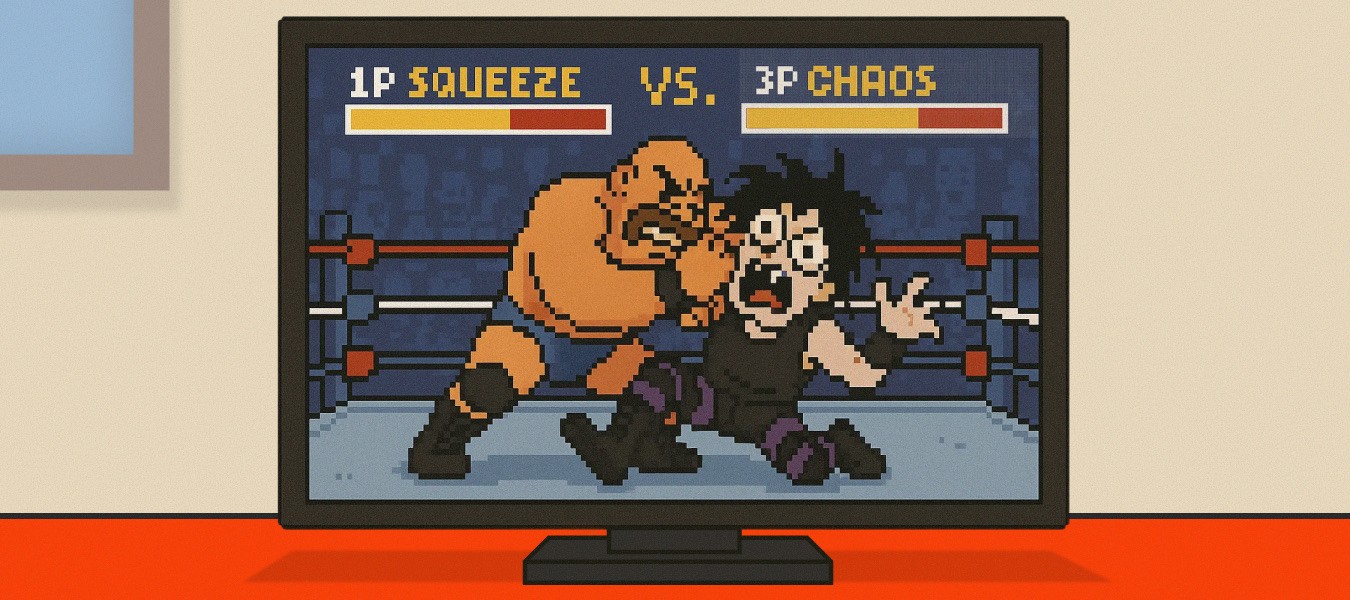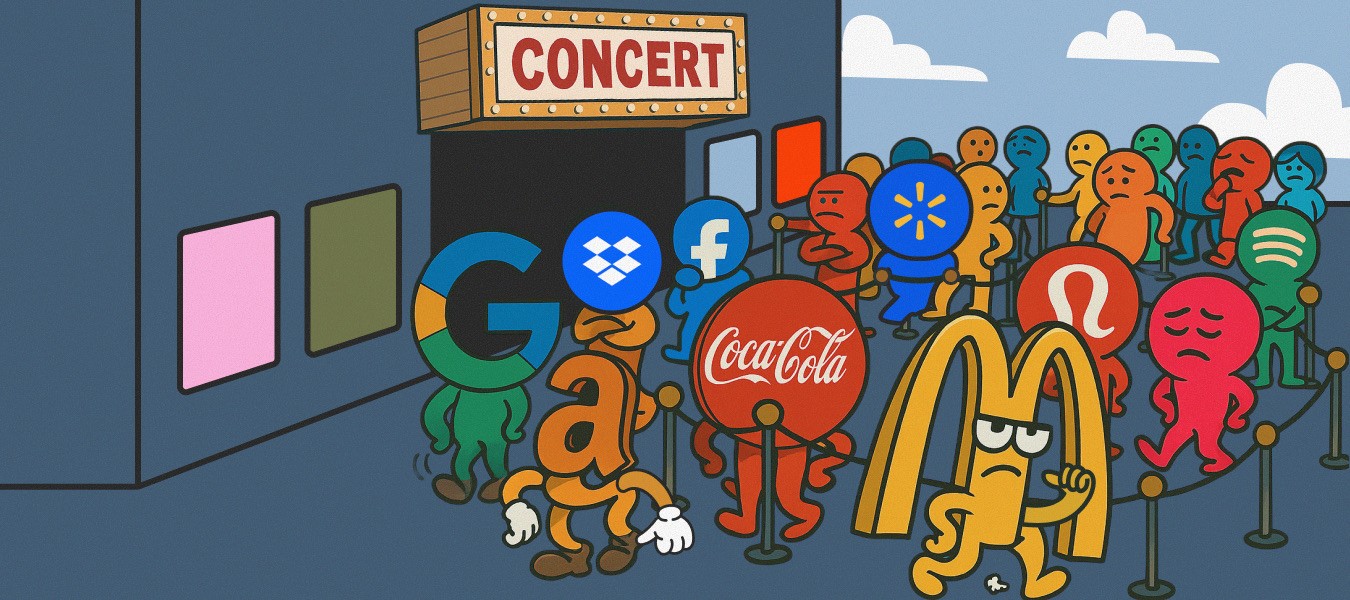Author
7 Minute Read
TLDR;
Small and mid-market CPG brands are losing the humans who once supported their 1P accounts. Retail managers are gone, small vendors are being cut, and Amazon’s priorities have shifted to enterprise. If you're still in 1P, now’s the moment to explore better options like 2P+ before the transition is forced on you.
Amazon announced 14,000 corporate jobs in October 2025 (the largest in company history). CEO Andy Jassy is "flattening" the organization, cutting middle management by at least 15%. The headlines talk about AI automation and efficiency. But here's what they're missing: retail managers supporting 1P vendors are getting hit hardest.
If you're a small-to-midsize CPG brand doing less than $10M annually through Vendor Central, those Amazon account managers were already ghosts. Now they're being eliminated entirely. This isn't just corporate restructuring. It's the final chapter in a story that started in November 2024, when Amazon terminated thousands of small vendor accounts under $5-10M.
Amazon doesn't want small 1P relationships. They're too resource-intensive, too low-margin, and misaligned with where the company's headed. In this blog, we'll break down what Amazon's 1P exodus really means for CPG brands, why traditional alternatives create more problems than they solve, and how the 2P+ partnership model offers a smarter path forward for brands caught in the squeeze.
The 1P Purge Pushing Small Brands Out
Layoffs are not new. Amazon started eliminating small vendors months before the layoffs hit. In November 2024, thousands of brands received termination notices from Amazon. If you're generating under $5-10M annually through Vendor Central, you're cut loose. Amazon suggested transitioning to Seller Central (3P) instead.
Timing? Just weeks before Q4 holiday season 2024. Kind of brutal. Amazon called it "strategic realignment" to focus on enterprise-level vendors. Sound familiar?
Translation: small brands consume resources without generating enough profit. The contraction started at $5-10M, but analysts predict it'll climb, potentially affecting brands that can't meet Amazon's new volume thresholds through 2026.
Amazon's new priorities:
Enterprise brands with $20M+ annual sales
Direct supply chain relationships in grocery and CPG categories
Vendors meeting strict cost and compliance demands
The casualties: Brands struggling with Amazon's price control, vendors with lower profitability, anyone who can't provide differentiated products. In other words, most mid-market CPG brands.
Why Recent Layoffs Made Everything Worse
Fast forward to October 2025. Amazon announces another 14,000 job cuts, with more anticipated in 2026. These cuts could ultimately reach 30,000 and are expected to save Amazon between $2.1 billion and $3.6 billion annually.
Who's being targeted? Middle management, especially in retail divisions. The very people who historically managed vendor relationships, placed purchase orders, and served as your point of contact inside Amazon.
Amazon CEO Alex Jassy has been explicit about why: "When you add a lot of people, you end up with a lot of middle managers, and those middle managers, though well-intentioned, want to put their fingerprint on everything". His solution? Eliminate the layers. Increase individual contributor ratios. Let AI and automation handle what humans used to do.
For brands still operating in 1P, especially those on the smaller end, this is catastrophic. You were already fighting for attention from overworked account managers. Now those roles are disappearing entirely, replaced by algorithms that prioritize Amazon's largest, most profitable vendors.
The subtext is deafening: if you're a small brand in 1P, Amazon doesn't have the bandwidth to support you anymore. And they're not pretending otherwise.
The False Choice Between 1P Squeeze & 3P Chaos
Amazon's suggestion for squeezed-out vendors: "If you'd like to continue selling our products on Amazon, we welcome you to list your items as an independent seller" in Seller Central (3P).
Here's what that actually means:
You're now responsible for listing optimization, inventory forecasting, FBA logistics, advertising management, customer service, review monitoring, brand protection, pricing strategy, Buy Box optimization, and compliance with Amazon's constantly shifting policies.
All while competing against sellers who've been operating in 3P for years.
The transition from 1P to 3P is an operational overhaul. You're going from Amazon handling fulfillment and logistics to managing everything yourself.
For lean teams, the options are:
Build in-house Amazon team (expensive, slow)
Hire fragmented agencies (one for ads, one for content, one for logistics)
DIY and burn out
None solve the core problem: you need expertise, infrastructure, and cash flow support—not more vendors to manage.
Why Traditional Agencies Don't Solve the Problem
You're probably thinking: "I'll just hire an Amazon agency to manage 3P for me."
Most agencies charge flat monthly retainers ($5K-15K+ monthly) or percentage-based fees regardless of results. You still carry all inventory risk and cash flow burden. They get paid whether products sell or gather dust in FBA warehouses.
You're likely coordinating multiple vendors: one for ads, another for creative, maybe a third for logistics. Nothing integrated. Nobody owning the full outcome.
The fundamental misalignment: agencies are vendors, not partners. They maximize billable hours and retain clients—not your profitability. If your Amazon channel underperforms, they still collect fees.
You've traded the 1P squeeze for 3P chaos at premium prices.
The 2P+ Alternative: Partnership Over Patchwork
There's a third option that almost nobody talks about: the 2P partnership model (2P+).
If Amazon is the chaotic daycare where your products get dropped off and forgotten, 2P+ is the grandma who actually knows how to raise your brand babies. Her brandchildren.
Instead of selling wholesale to Amazon (1P) or managing everything yourself (3P), you partner with a marketplace operator who purchases inventory from you and runs your Amazon business with you, not for you.
At Neato, this is our model:
Upfront inventory purchase. Predictable purchase orders, fast payment. We absorb inventory risk. We only profit when we sell your products.
Full-service execution, zero fees. Strategy, content, Amazon Advertising, demand planning, customer service, review management, brand protection, creative—all included.
You maintain brand control. You stay involved in strategic decisions. We execute within your guardrails. Your brand positioning, creative direction, pricing strategy remain yours.
Performance-aligned compensation. Our compensation comes from margin on products we purchase and resell.
If we don't grow your business profitably, we don't make money.
Check out Neato's 2P+ partnership model.
What Happens to Brands Who Wait
The trend is clear: Vendor Central contraction is unlikely to reverse in 2026. Amazon has prioritized enterprise brands, and mid-market vendors are on borrowed time.
Even if your account hasn't been terminated, the warning signs are everywhere:
Purchase order delays extending 30-60 days (up from 14-21 days in 2023)
Increasing chargebacks as Amazon tightens compliance
Disappearing support as managers get cut
Worse terms, less attention, more friction
Brands that proactively transition—hybrid 1P/3P, full 3P with support, or 2P+ partnerships—are locking in better margins (typically 5-15%), controlling brand presence, and building Amazon businesses independent of shifting priorities.
The question isn't if you need to evolve your strategy. It's when and whether you'll move proactively or get forced out with no runway.
related articles
2P Model
CPG
Amazon










